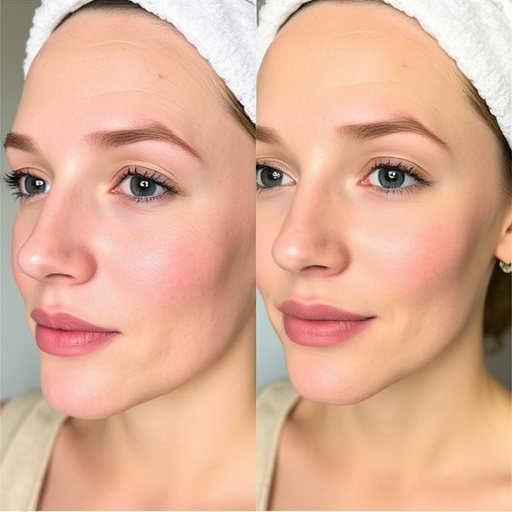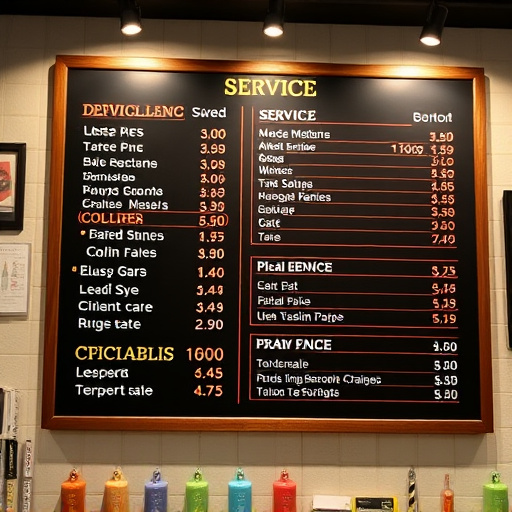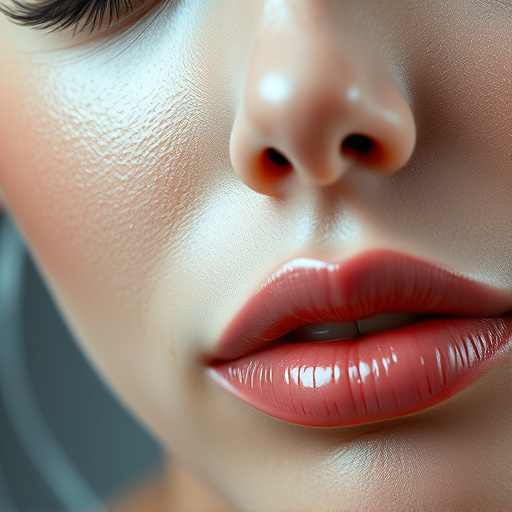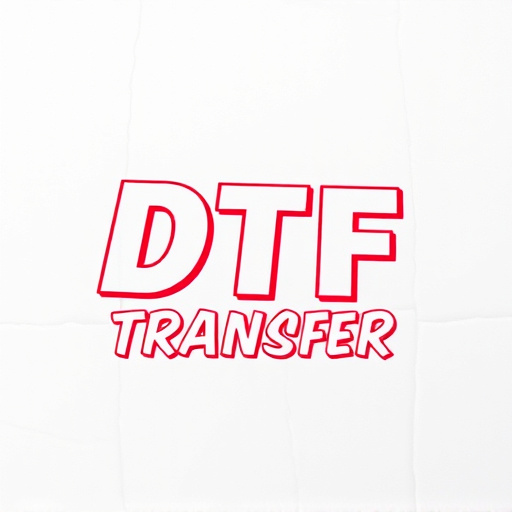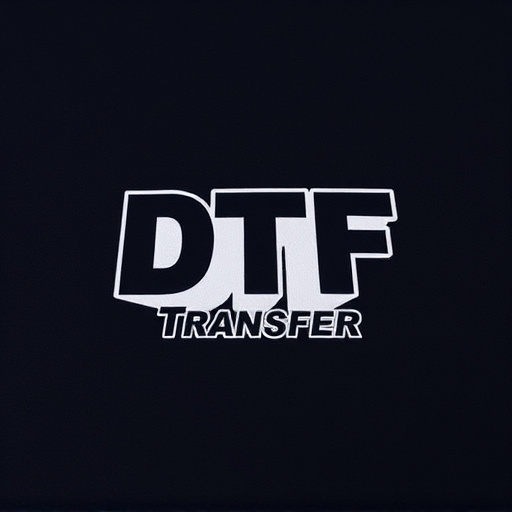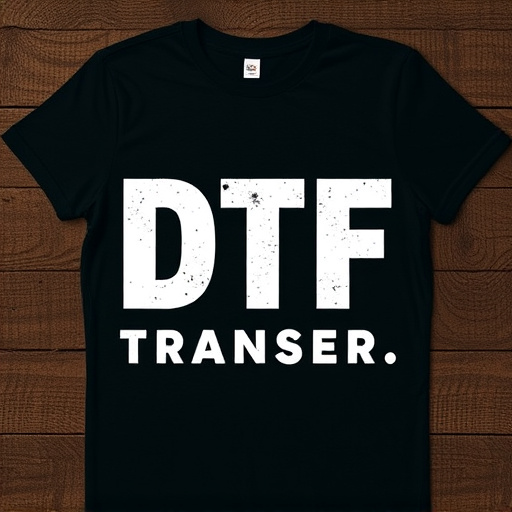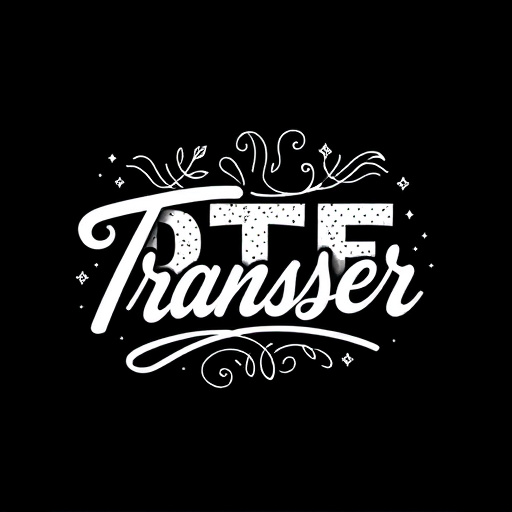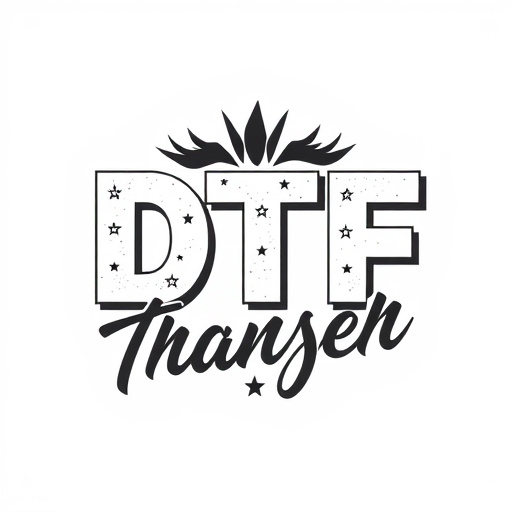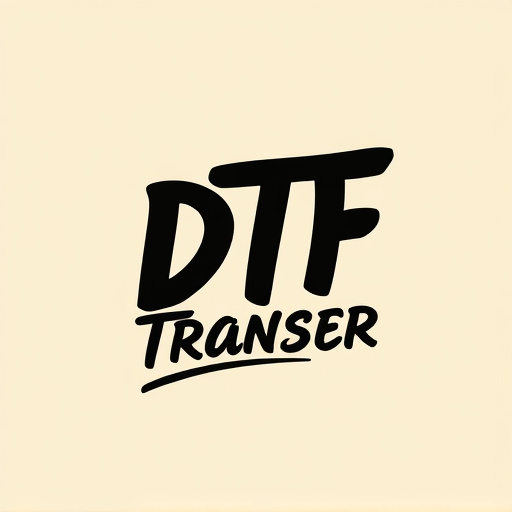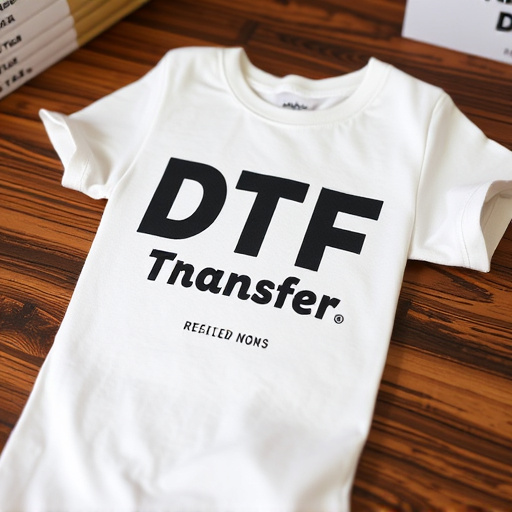Direct-to-film (DTF) transfer technology is revolutionizing custom clothing printing with its ability to produce intricate, vibrant designs on various fabrics. DTF offers a cost-effective and time-efficient alternative to traditional screen printing, suitable for mass production or limited-edition pieces. By using specialized transfer paper and precise control of heat and pressure, DTF prints withstand multiple washes and wearings, ensuring long-lasting quality. This versatile method caters to diverse tastes, from personalizing everyday items to creating on-trend athletic wear, fostering self-expression in fashion. Businesses prioritizing top-tier materials, equipment maintenance, and optimal printing practices can consistently deliver high-quality DTF prints that meet customer expectations.
Discover the future of custom clothing design with Direct-to-Film (DTF) transfer technology. This innovative printing method offers unparalleled versatility, enabling intricate DTF prints on a wide range of garment types—from t-shirts to hoodies and beyond. Uncover the advantages of DTF for creating unique, high-quality pieces that stand the test of time. Explore creative possibilities, integrate trendy designs, and unlock your brand’s potential with the power of DTF printing.
- Understanding Direct-to-Film (DTF) Transfer Technology
- Advantages of DTF for Custom Clothing Design
- Applications: DTF Prints on Diverse Garment Types
- Ensuring Quality and Durability in DTF Transfers
- Creative Possibilities with DTF Printing Techniques
- Integrating DTF Designs into Fashion Trends
Understanding Direct-to-Film (DTF) Transfer Technology
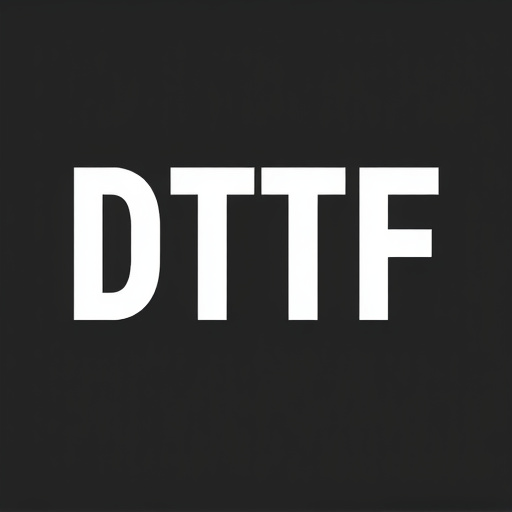
Direct-to-film (DTF) transfer technology has revolutionized custom printing for clothing items, offering a versatile and efficient method to create unique designs. This innovative process involves transferring printed images or graphics directly onto fabric using heat and pressure, eliminating the need for traditional screen printing methods. DTF transfer is particularly suited for creating intricate and detailed prints on various garments, including t-shirts, hoodies, and accessories.
The DTF Printing process starts with designing artwork that meets specific requirements, such as resolution and color profiles. Once prepared, the design is printed onto a special transfer paper using advanced printing techniques. This paper acts as an intermediary, allowing for precise control over the print quality and ensuring vibrant, long-lasting colors. The transfer is then applied to the desired fabric under high heat and pressure, fusing the ink into the fibers of the material. This direct application results in exceptional detail and a durable finish, making DTF prints suitable for everyday wear and even outdoor activities.
Advantages of DTF for Custom Clothing Design

Direct-to-film (DTF) printing offers a multitude of advantages for custom clothing design. One of its key strengths is the ability to produce high-quality, vibrant prints directly on various fabric types, from cotton tees to polyester hoodies. This method eliminates the need for intricate cutting and weeding processes typically required with traditional screen printing, making it both cost-effective and time-efficient for creating custom garments.
Additionally, DTF technology allows for a seamless integration of designs, ensuring that prints flow naturally across clothing items without visible seams or disruptions. This level of detail and flexibility enables designers to bring unique, creative visions to life, catering to the diverse tastes and preferences of customers. Moreover, DTF transfers provide exceptional durability, with prints that are designed to last through multiple washes and wearings, making them ideal for creating long-lasting, high-performance apparel.
Applications: DTF Prints on Diverse Garment Types
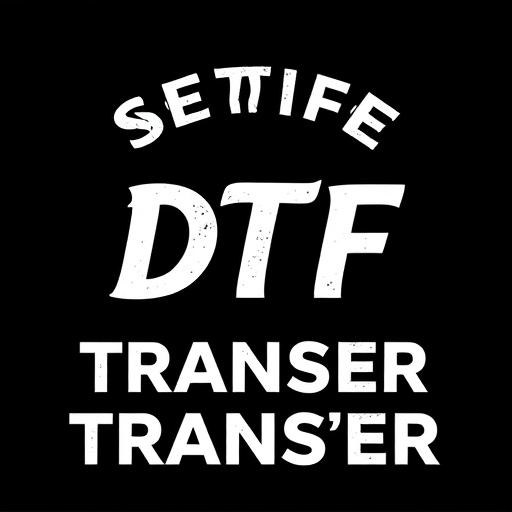
Direct-to-film (DTF) printing offers a versatile array of applications across diverse garment types. This innovative technique allows for the application of intricate designs and graphics directly onto various fabrics, from t-shirts and hoodies to dresses and hats. The versatility of DTF transfers makes it suitable for both mass production and custom, limited-edition pieces. For example, fashion designers can create unique, on-trend garments with rapid turnaround times, catering to the fast-paced demands of modern retail.
Moreover, DTF printing is particularly effective for specialized items like activewear and sports jerseys, where the technology can produce high-resolution prints that withstand intense washing and movement. This method also excel in personalizing clothing items, enabling individuals to express their creativity with custom designs, monograms, or artistic illustrations, transforming ordinary garments into statement pieces.
Ensuring Quality and Durability in DTF Transfers
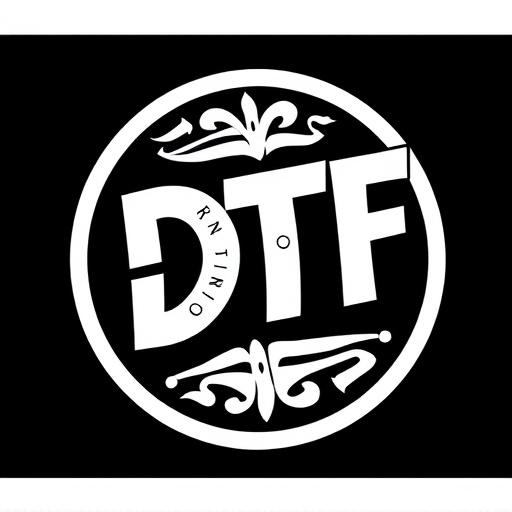
Direct-to-film (DTF) transfers have gained popularity for their ability to produce high-quality, vibrant prints on a variety of clothing items. However, to ensure customer satisfaction and brand reputation, it’s crucial to prioritize quality and durability in DTF printing processes. The key lies in using top-tier materials—both for the transfer film and ink—that are designed to withstand the rigors of textile production.
Proper preparation of the garment surface is also essential. Pre-treating fabrics to ensure optimal adhesion prevents prints from cracking, peeling, or fading over time. Additionally, careful control of printing parameters, such as temperature and pressure, ensures that the DTF transfer fuses seamlessly with the fabric without causing damage. Regular maintenance and cleaning of printing equipment further contribute to consistent, high-quality DTF prints that meet durability standards.
Creative Possibilities with DTF Printing Techniques

Direct-to-film (DTF) printing techniques offer a world of creative possibilities for designing clothing items. This innovative method allows for the application of intricate, high-quality prints directly onto fabrics, opening up a realm of artistic expression. With DTF transfers, designers can effortlessly incorporate unique patterns, graphics, and even photos into various garments, from t-shirts and hoodies to accessories like bags and hats. The versatility of this technology is particularly notable in custom apparel, enabling the creation of one-of-a-kind pieces that cater to individual styles and preferences.
DTF Printing provides a range of benefits, including vibrant and long-lasting colors, precise detail reproduction, and the ability to print on a variety of fabric types. This technique also streamlines production processes, making it efficient for both small-scale and bulk orders. Moreover, DTF transfers can be easily updated or changed, allowing businesses and designers to stay agile and responsive to market trends and consumer demands, ensuring their clothing collections remain fresh and appealing.
Integrating DTF Designs into Fashion Trends
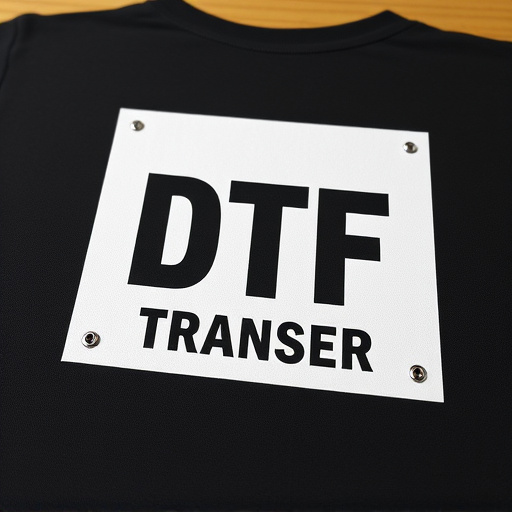
Direct-to-film (DTF) designs have been revolutionizing the fashion industry by offering a dynamic and versatile approach to clothing customization. This innovative technique allows for unique, on-demand printing directly onto fabric, enabling brands and designers to create captivating collections with ease. When integrated into current fashion trends, DTF transfers and prints can elevate basic garments into statement pieces that stand out in any crowd.
By combining the latest digital technologies with traditional printing methods, DTF printing offers endless creative possibilities. Fashion designers can experiment with intricate patterns, bold graphics, or personalized text, ensuring each garment is a one-of-a-kind creation. Whether applied to t-shirts, hoodies, dresses, or accessories, DTF prints add a layer of individuality and playfulness to outfits. This trend caters to the modern consumer’s desire for self-expression and customizable fashion, allowing them to showcase their personal style while keeping up with ever-changing trends.


